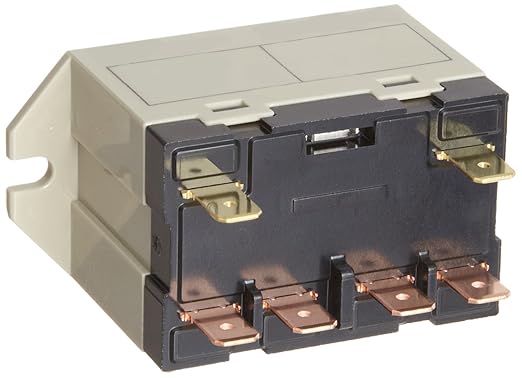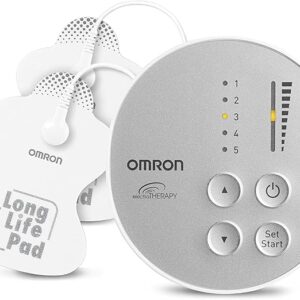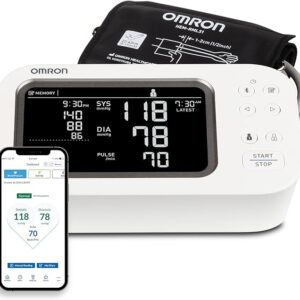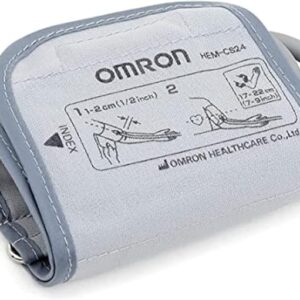Description
Here’s a detailed overview of the Omron G7L-2A-TUB-CB-AC100/120 general-purpose relay, designed for industrial control systems and automation applications.
✅ Pros
1. Wide Voltage Range
- AC100/120V rated load voltage range allows this relay to handle a variety of applications, particularly those with standard AC voltage systems in North America and other regions with similar electrical standards.
2. Reliable Switching with Double Pole Single Throw (DPST)
- DPST (Double Pole Single Throw) configuration allows the relay to control two independent circuits at once, with normally open (NO) contacts, which is ideal for a variety of switching applications.
3. Class B Insulation
- Class B insulation provides thermal stability up to 130°C (266°F), making it suitable for environments with higher temperatures or continuous operation.
4. QuickConnect Terminals
- The QuickConnect terminals simplify installation by reducing wiring time, allowing for easier and faster connections, which is particularly useful in industrial settings with tight spaces.
5. Compact and Easy to Mount
- The relay features upper bracket mounting, which makes it easy to install within control panels, especially in dense panel layouts, and saves valuable space.
6. Low Coil Power Consumption
- 17 to 20.4 mA rated load current for coil operation ensures that the relay uses minimal power to operate, helping improve overall system efficiency.
❌ Cons
1. Limited to AC Voltage
- This relay is only suitable for AC circuits (100 to 120V AC). It is not compatible with DC circuits, so you would need a different relay if your system requires DC voltage control.
2. Relatively Low Current Handling
- The current rating for the relay is lower than some high-power relays, which limits its use in high-current applications or systems requiring substantial load switching.
3. No Auxiliary Contacts
- Unlike some other relays, this model does not offer auxiliary contacts for feedback or status monitoring, which could be useful in more complex systems or safety-critical applications.
4. No Advanced Protection Features
- It lacks built-in overload protection or arc suppression, meaning additional external components might be needed in systems where protection against power surges or faults is critical.
5. Only Normally Open Contacts
- The relay uses normally open (NO) contacts, which limits its use in applications requiring normally closed (NC) contacts for specific control functions.
💬 Q&A
Q: Can I use this relay in a DC system?
A: No, this relay is specifically designed for AC control circuits (100-120V AC). If you need to control DC circuits, you’d need a relay rated for DC applications.
Q: What types of loads is this relay best suited for?
A: It’s ideal for low-to-medium power AC loads, such as lighting, small motors, or control systems. However, it’s not suitable for high-current applications where heavier-duty relays are required.
Q: How does the QuickConnect terminal feature work?
A: QuickConnect terminals simplify wiring by allowing quick and secure connections without needing a separate tool, which speeds up the installation process and reduces potential wiring errors.
Q: Does it have overload or short-circuit protection?
A: No, this relay does not include overload protection or short-circuit protection. You may need additional components such as fuses or circuit breakers in your system for safety.
Q: Is it reliable for industrial applications?
A: Yes, with Class B insulation and a robust design, the G7L-2A-TUB-CB-AC100/120 is reliable for general-purpose industrial applications. However, it’s best used in standard AC environments, as extreme conditions may require a more specialized relay.
Q: Can I mount this relay in a control panel easily?
A: Yes, the upper bracket mounting feature allows easy installation inside control panels, even in tight or crowded spaces.




Reviews
There are no reviews yet.